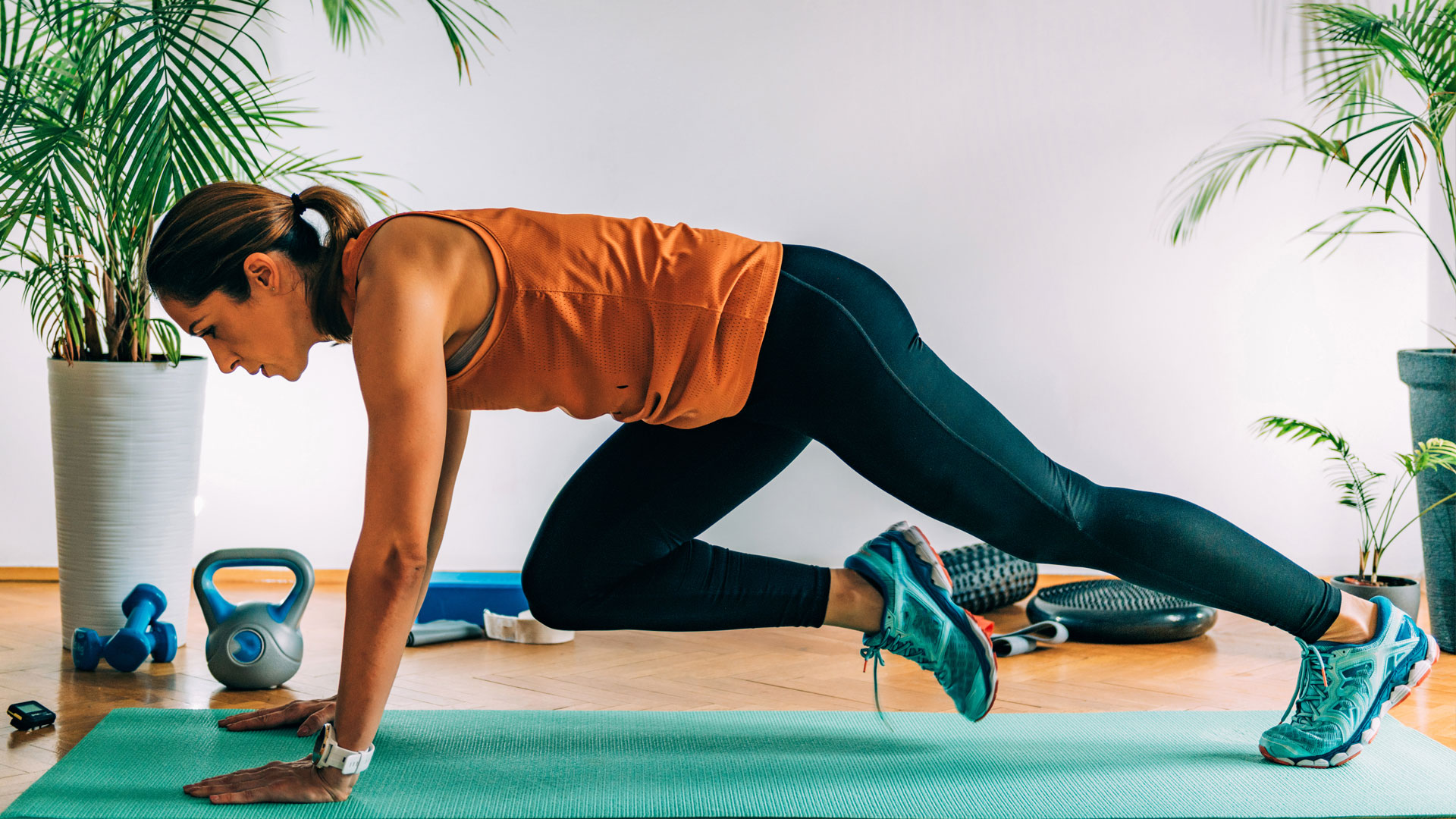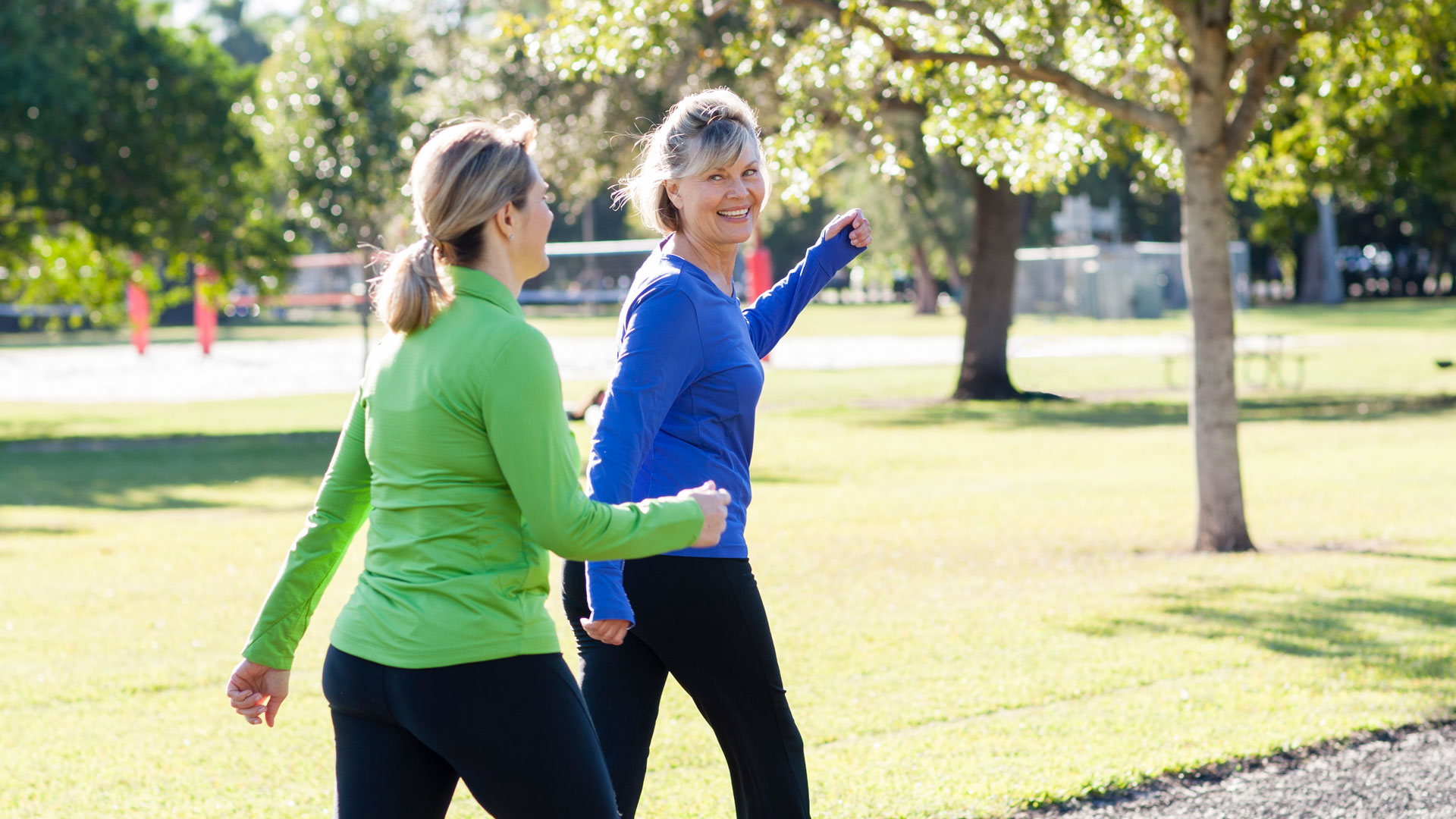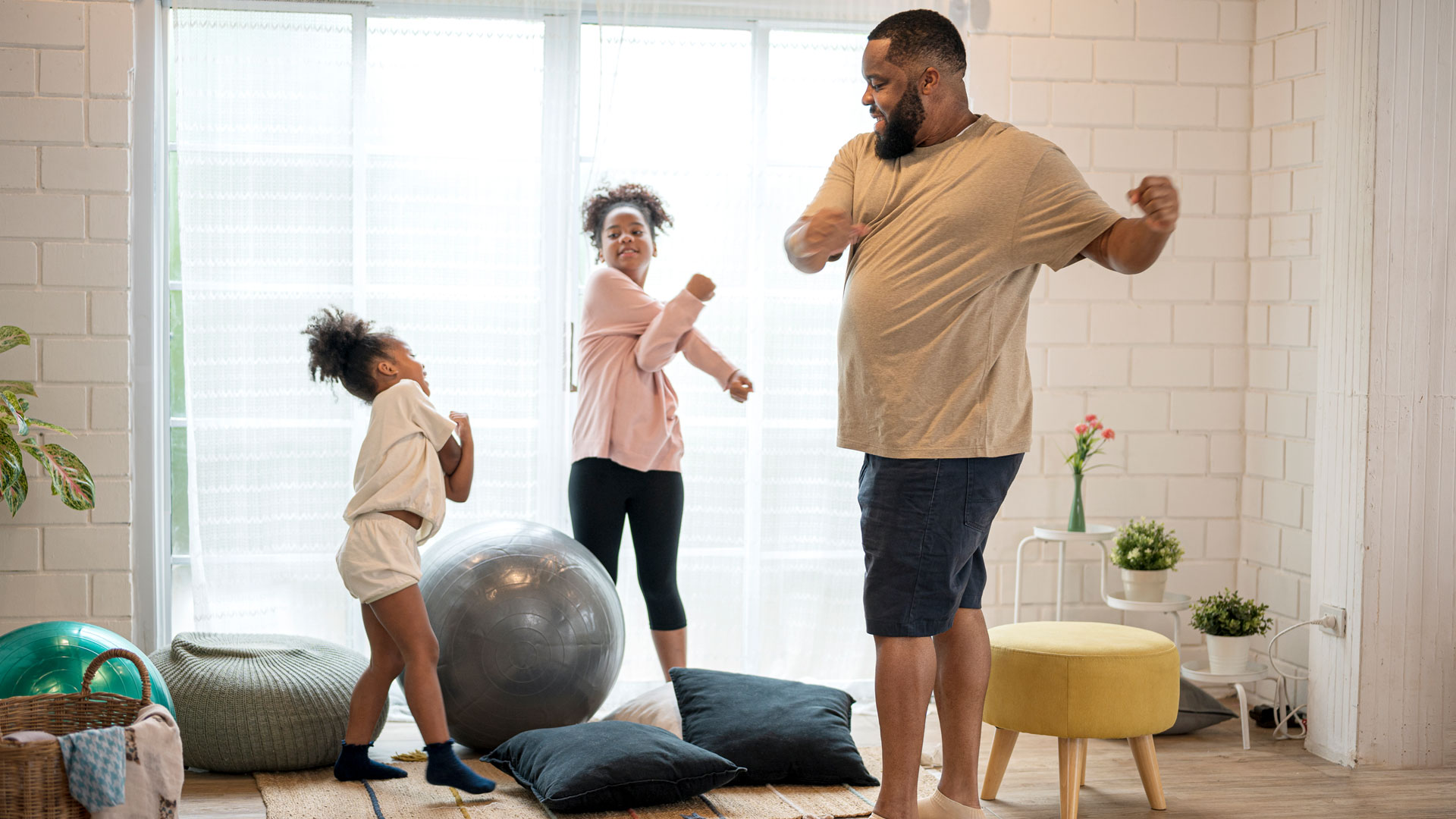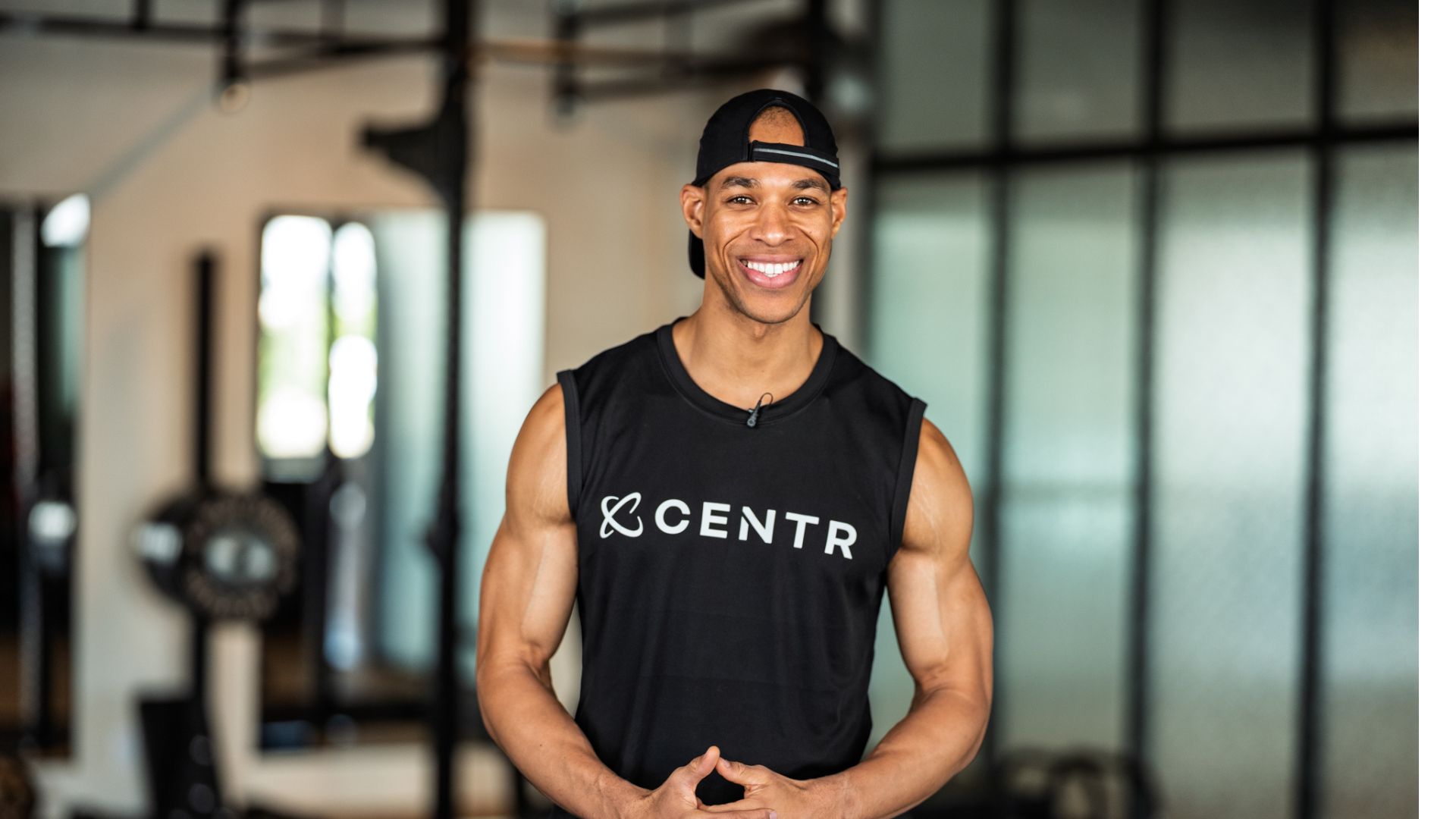How to lose weight at home
Here’s how to lose weight at home, and how to do it safely


Wondering how to lose weight at home, and worry that you don’t have a gym? The good news is that you can still lose weight at home without an expensive gym set up. Losing weight at home is easier than you think - being active every day is a great habit to get into while adding HIIT and resistance training into your routine will help to accelerate your weight loss.
Although you could use one of the best exercise machines to lose weight, walking is an effective low-intensity activity that will help you burn calories, especially if you’re completing 10,000 steps a day. HIIT training will help to elevate your heart rate and burn calories, while resistance training will build muscles and boost your metabolism - leading to weight loss.
Using your own body weight or weights, such as dumbells, as well as resistance bands can help you lose weight at home. This feature will explore how to lose weight at home, by talking to experts and exploring how effective exercises such as walking, HIIT training, and resistance training can be on your waistline.
Lose weight at home: getting your steps in
Whether you have one of the best running watches and count your steps or just love to stay active, walking is a great way to lose weight at home. If you’re new to fitness, walking is an easy way to start your fitness journey - as it's a low-intensity form of exercise that can be worked into your daily routine. Whether you spend 30 minutes on one of the best treadmills getting to grips with those hills or you hit your step count at lunchtime, moving your body can have an effective impact on your weight loss.
In fact, a study in 2016, which saw 30 overweight participants walk 10,000 steps a day, over a 12 week period, saw all of them lose weight and lower their BMI. The study also saw participants’ moods change - with some even seeing positive effects on anxiety and depression levels. Walking can be a great way to start your fitness journey and get your body and muscles accustomed to being active, or it can be a great add-on to a fitness regime - which may also include HIIT and resistance training.

Lose weight at home: why you should also be building muscle
Including some form of resistance training in your home workout is important to help build muscle, and also for helping to maintain bone health and preserve muscle tissue. Lifting weights consistently can also be one of the best ways to lose weight as it helps to raise your metabolism - meaning you’ll burn fat and calories quicker.
Rachael Penrose, personal trainer for VAHA tells Fit & Well: “When it comes to building muscle, overloading your muscles through weight training drastically improves your overall strength by creating small tears in your muscles fibers, that repair stronger, in turn building your muscle mass.”
Get the Fit&Well Newsletter
Start your week with achievable workout ideas, health tips and wellbeing advice in your inbox.
Megan Davies, Beach Body On Demand trainer adds: “The more active you are, the more calories (and fat) you burn as your body tries to keep up with your energy requirements. When you lift weights, that requirement skyrockets, and your metabolism shifts into high gear to meet the demand.”
Davies adds that one of the best parts of strength training is the afterburn: “It dials up your metabolism not only while you’re working out, but also for a significant amount of time afterwards as your body rushes to complete the repair, recovery, and adaptation processes, including muscle growth.”
Resistance training usually involves weights, such as the best adjustable dumbbells or kettlebells, but can be performed using body weight or resistance bands. These types of workouts normally consist of a series of exercises, performed multiple times - in order to create more resistance and to have more of an impact on your muscles.
If you are using weights, Penrose believes it's important to keep increasing their resistance, in order to keep pushing your muscles - and therefore helping you to lose weight. “Progressive overload when weight training is quite simple and easy to follow, if you gradually increase the weights you use, you are constantly putting extra strain and overloading your muscles, increasing your strength.”

Lose weight at home: HIIT training
HIIT training, an interval-based workout, can also be an effective way to lose weight at home as it helps to raise your heartbeat and burn calories quickly. HIIT training is when you perform a series of exercises in short bursts - such as sprints on the treadmills or a series of bodyweight moves - such as push-ups or burpees.
“What makes HIIT so great for weight loss is that in a short period of time you are able to spike your heart rate rapidly and keep it in that high-calorie burning percentage for the duration of your workout,” says Penrose, “HIIT workouts are extremely popular in our busy culture when people are wanting to see results in short periods of time.”
Davies also speaks about the weight loss element of this type of training: “HIIT can be excellent for burning calories and has many of the same benefits as strength training
even though it’s a different style. It’s time-efficient, boosts your metabolism, creates the same afterburn effect as weight training does, and can help with muscle gain and fat loss.”
While, if you are looking for a workout that will keep you interested, she adds: “HIIT
also tends to be more engaging than something like steady-state cardio, and that’s an important thing to consider when we are picking workout styles too.”
So how many times a week should you be doing a HIIT session? Davies, who incorporates both HIIT and resistance training into her schedule weekly, believes that we should all create a realistic workout schedule that fits the demands of our life, and adds: “You can start to build on that consistency over time to include more. Training should be fun with a focus on overall health, wellness, and longevity.”
If you’re looking for inspiration to lose weight at home, whether it’s HIIT or resistance training, there are millions of free workout videos on YouTube and in the form of apps. The Fiit and Peloton app both have a mix of cardio and resistance-based workouts, while if you want some real-life inspiration the VAHA smart fitness mirror is perfect for a more immersive workout.
Trying out a new fitness regime? Check out our feature on muscle recovery after workouts: what to do.
Sarah is a freelance journalist who writes about fitness and wellbeing for the BBC, Woman&Home and Tech Radar. During lockdown she found her love of running outside again and now attempts to run around 50 miles a month. When it comes to other fitness, she loves a sweaty cardio session – although since she’s been working out from home she’s sure her downstairs neighbors aren’t too happy about it. She also loves to challenge herself - and has signed up to do hiking holidays, intense bootcamps and last year she went on her dream activity holiday: paddle boarding around deserted islands in Croatia. On her rest days, she loves to recover with a simple yoga flow session – the perfect antidote to her active fitness schedule.
-
 I do these two things every day to stay fit and healthy, says the newest star trainer on Chris Hemsworth's fitness app
I do these two things every day to stay fit and healthy, says the newest star trainer on Chris Hemsworth's fitness appHere's how Centr's Korey Rowe trains for longevity
By Sam Rider Published
-
 I thought sports weren't for me, until I realised they're a game-changer for ticking off cardio
I thought sports weren't for me, until I realised they're a game-changer for ticking off cardioI swapped HIIT and running for tennis—and I've never felt better
By Alice Porter Published